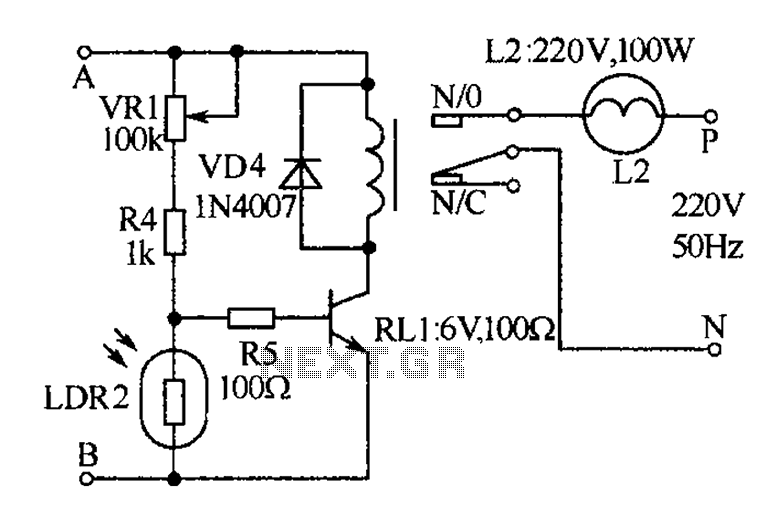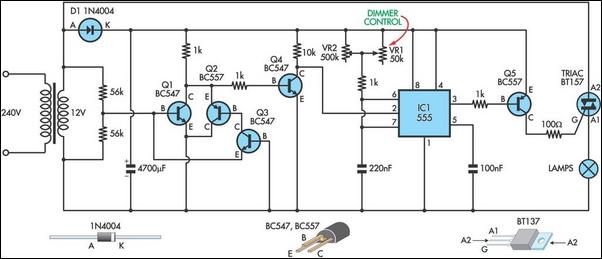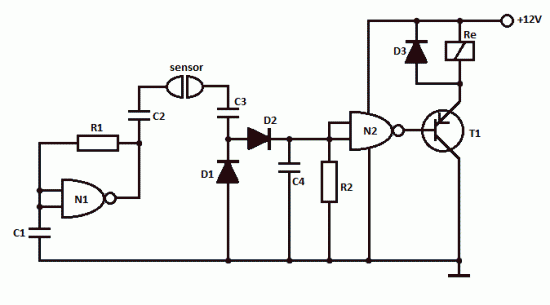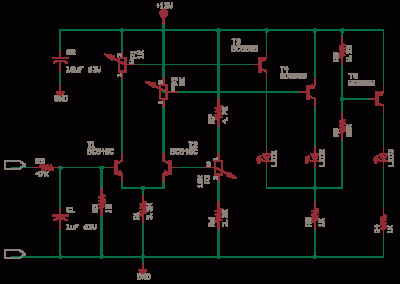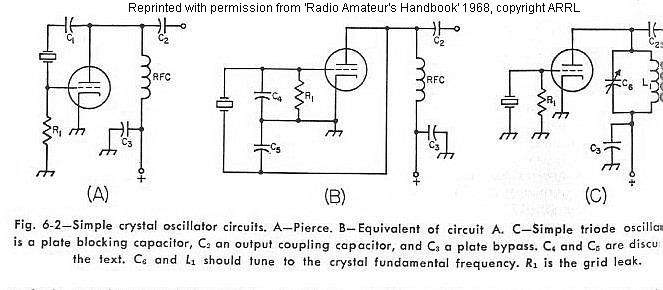
Nightlight lighting circuits
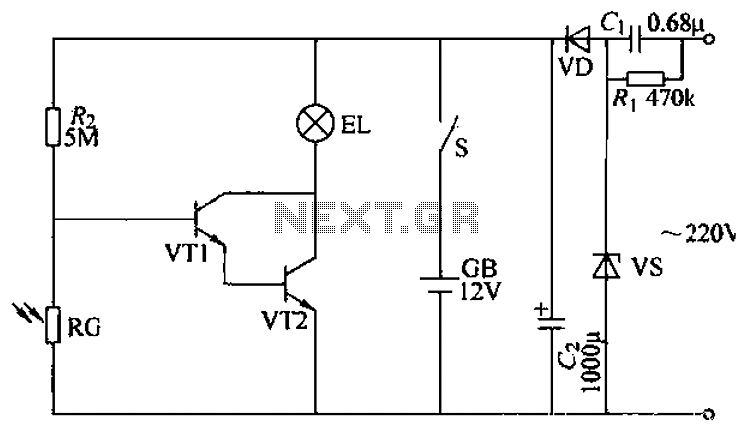
The power supply circuit features a step-down capacitor (C1), bleeder resistors (R), a Zener diode (VS), a full diode (VD), and a filter capacitor (G), along with switches and batteries (GB, SC). The light control circuit is composed of resistors (R2), a photoresistor (RG), and transistors (VT1, VT2). The circuit operates on an AC 220V input, which is stepped down by capacitor (Ci), regulated by the Zener diode (VS), rectified by diode (VD), and filtered by capacitor (Cz) to provide a DC 12V output for the EL lamp and light control circuit. The circuit also utilizes the charge from battery (GB). During daylight, the photoresistor (RG) experiences low resistance due to light exposure, causing transistors (VT1 and VT2) to be off, resulting in the EL lamp not illuminating. At night, RG transitions to a high impedance state, and when the voltage exceeds 1.4V, transistors (VT1 and VT2) enter saturation and conduct, powering the EL lamp to emit light.
The power supply circuit is designed to convert high voltage AC to a stable low voltage DC, suitable for powering electronic components such as EL lamps. The step-down capacitor (C1) is crucial for reducing the voltage while maintaining the necessary current flow. The bleeder resistors (R) ensure that the circuit discharges properly, preventing any potential buildup of voltage that could damage sensitive components. The Zener diode (VS) plays a critical role in voltage regulation, providing a stable reference voltage to safeguard the circuit against fluctuations in the input voltage.
In the light control circuit, the photoresistor (RG) is a key component that varies its resistance based on ambient light levels. During daytime conditions, the low resistance of RG keeps transistors (VT1 and VT2) off, preventing current flow to the EL lamp. This feature is essential for energy conservation, as it ensures that the lamp only operates when necessary. Conversely, at night, the increasing resistance of RG allows the voltage to rise above the threshold of 1.4V, triggering the saturation of the transistors. This transition results in the EL lamp being powered on, providing illumination when it is most needed.
The AC input is first processed by the capacitor (Ci), which acts as a filter to smooth out the AC waveform before it is rectified by the diode (VD). The filter capacitor (Cz) further stabilizes the output by reducing ripple voltage, ensuring that the DC supply remains consistent for the EL lamp operation. The entire circuit is designed with efficiency and reliability in mind, making it suitable for applications where automatic light control is desired, such as in outdoor lighting systems or nightlights. Each component has been selected to optimize performance while maintaining safety and durability in varying environmental conditions. Circuit, power supply circuit consists of step-down capacitor c1, bleeder resistors R, Zener diode vs, the entire diode VD and filter capacitor G, switches and batteries GB s c omposition; light control circuit consists of resistors R2, photoresistor RG and the transistor VT1, VT2 composition. AC 220V voltage by Ci buck, vs regulator, VD rectifier and Cz filter, so as to provide DC 12V EL lamp and light control circuit voltage, but also by S GB of charge.
During the day, RG affected by light exposure to the low resistance state, VT1 and VT2 off, EL does not shine. Night, RG becomes high impedance state, the voltage across voltage higher than 1. 4V, so that VT1 and VT2 saturated conduction, EL energized to emit light. Nightlight kind shown in Figure
The power supply circuit is designed to convert high voltage AC to a stable low voltage DC, suitable for powering electronic components such as EL lamps. The step-down capacitor (C1) is crucial for reducing the voltage while maintaining the necessary current flow. The bleeder resistors (R) ensure that the circuit discharges properly, preventing any potential buildup of voltage that could damage sensitive components. The Zener diode (VS) plays a critical role in voltage regulation, providing a stable reference voltage to safeguard the circuit against fluctuations in the input voltage.
In the light control circuit, the photoresistor (RG) is a key component that varies its resistance based on ambient light levels. During daytime conditions, the low resistance of RG keeps transistors (VT1 and VT2) off, preventing current flow to the EL lamp. This feature is essential for energy conservation, as it ensures that the lamp only operates when necessary. Conversely, at night, the increasing resistance of RG allows the voltage to rise above the threshold of 1.4V, triggering the saturation of the transistors. This transition results in the EL lamp being powered on, providing illumination when it is most needed.
The AC input is first processed by the capacitor (Ci), which acts as a filter to smooth out the AC waveform before it is rectified by the diode (VD). The filter capacitor (Cz) further stabilizes the output by reducing ripple voltage, ensuring that the DC supply remains consistent for the EL lamp operation. The entire circuit is designed with efficiency and reliability in mind, making it suitable for applications where automatic light control is desired, such as in outdoor lighting systems or nightlights. Each component has been selected to optimize performance while maintaining safety and durability in varying environmental conditions. Circuit, power supply circuit consists of step-down capacitor c1, bleeder resistors R, Zener diode vs, the entire diode VD and filter capacitor G, switches and batteries GB s c omposition; light control circuit consists of resistors R2, photoresistor RG and the transistor VT1, VT2 composition. AC 220V voltage by Ci buck, vs regulator, VD rectifier and Cz filter, so as to provide DC 12V EL lamp and light control circuit voltage, but also by S GB of charge.
During the day, RG affected by light exposure to the low resistance state, VT1 and VT2 off, EL does not shine. Night, RG becomes high impedance state, the voltage across voltage higher than 1. 4V, so that VT1 and VT2 saturated conduction, EL energized to emit light. Nightlight kind shown in Figure
